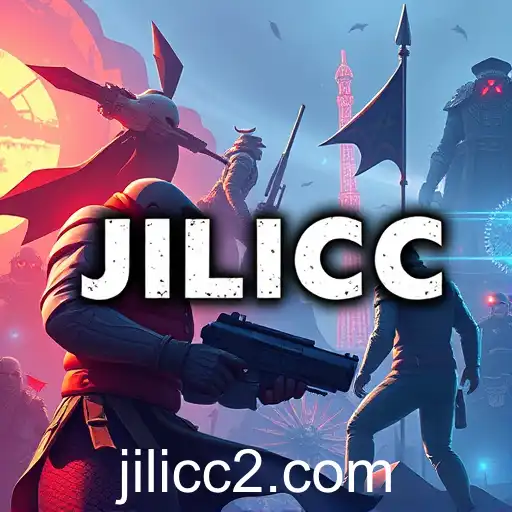JILICC | The Evolution of Multiplayer Modes: Embracing Unity and Competition in Gaming

In the dynamic world of video gaming, multiplayer modes have emerged as one of the most vibrant and evolving aspects. As we delve into this category, where the intriguing keyword "JILICC" finds its place, it is essential to understand the profound impact these modes have had on both game development and player engagement. Multiplayer modes have fundamentally transformed the gaming landscape, moving beyond simple cooperative or competitive frameworks to create rich and varied experiences that cater to an expansive audience.
Historically, multiplayer gaming began with basic hotseat or split-screen modes, allowing players to share the same physical space and device. With the advent of local area networks (LANs) and the internet, multiplayer gaming modes exploded into new dimensions, enabling players to connect from across the globe. This evolution catalyzed social interaction, with games like "World of Warcraft" and "Counter-Strike" pushing the boundaries of how players could engage with one another beyond physical and geographical constraints.
Key to the expansion of multiplayer modes is the concept of "JILICC." While the term "JILICC" might not be immediately recognizable, in the context of multiplayer gaming, it pertains to the ideas of joint interaction and learning in cooperative competition. This unique blend facilitates a gaming environment where players are encouraged not only to compete but to learn from one another, often working towards shared objectives while maintaining individual competitive spirits.
Games utilizing JILICC principles tend to focus on bringing players together. Titles like "Overwatch" and "Minecraft" have embraced these concepts, crafting game mechanics that prioritize teamwork, communication, and shared problem-solving. This fosters a community-centric gaming experience that is inclusive, engaging, and, crucially, conducive to personal development. Players are prompted to harness their creativity and strategic thinking, often leading to the development of real-world skills such as collaboration, adaptability, and leadership.
Moreover, multiplayer modes embracing JILICC dynamics have contributed significantly to the rise of e-sports, where professional gaming has become a viable career path. The e-sports space exemplifies the perfect marriage of cooperative and competitive aspects, as teams must work together seamlessly to master their games while outperforming their rivals.
As we look to the future, the importance of multiplayer modes in gaming is only set to grow. As technology advances, they will continue to enhance player interactions, offering even more immersive, sophisticated, and community-driven experiences. Whether through virtual reality platforms, more nuanced AI interactions, or entirely new digital environments, the essence captured by the keyword JILICC will undoubtedly play a crucial role in shaping what multiplayer games will become.
In conclusion, the world of multiplayer modes goes beyond traditional perceptions of gaming, uniting players in a blend of competition and camaraderie. The exploration of this category through the lens of "JILICC" showcases how gaming is not just a pastime but a platform for social interaction and educational engagement, opening doors to new experiences and skill development for players around the world.



